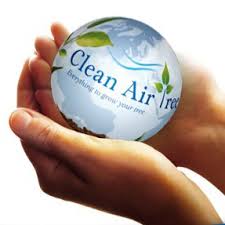Washington State has garnered a reputation for being one of the most beautiful and cleanest states, not only in the Pacific Northwest, but also in the entire country. Seattle is one of the most recognized cities in Washington, and arguably one of the most popular...




